The Iraqi flag symbolizes the nation’s resilience and diverse cultural legacy. Beyond representing statehood, it embodies its people’s collective aspirations and strength. This flag is a reminder of Iraq’s historical significance and a symbol of its future ambitions, uniting its citizens under a common narrative.
Iraq Flag
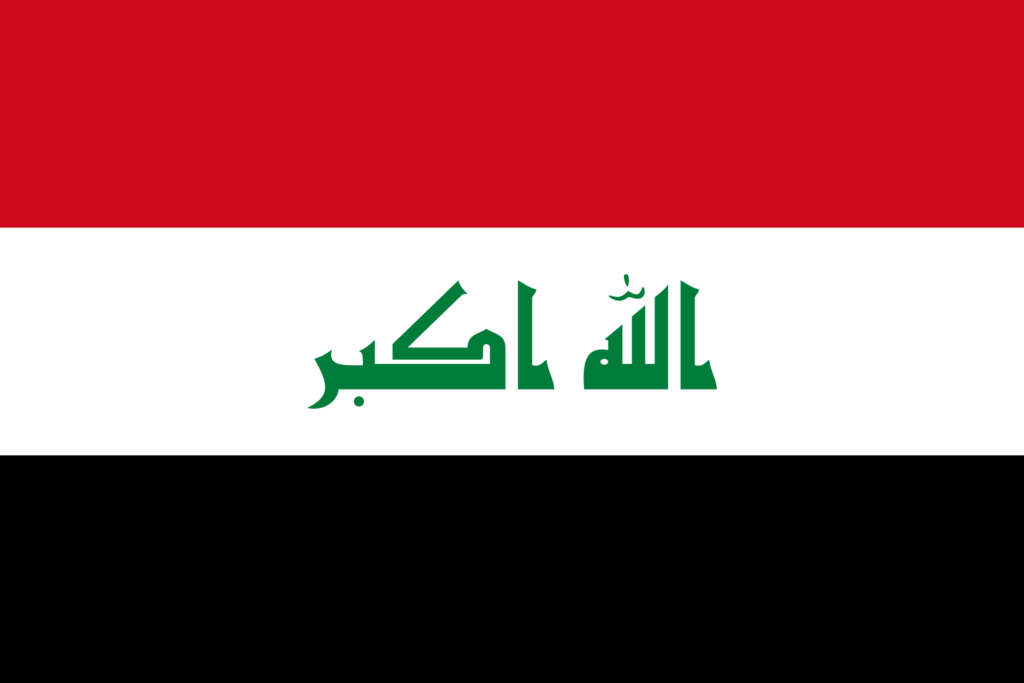
The Iraqi flag features a horizontal red, white, and black tricolor, with the green Kufic script of “Allahu Akbar” (God is the greatest) centered on the white stripe. This design symbolizes Iraq’s sovereignty and Islamic identity, linking its rich history to its contemporary statehood.
Iraq Flag: Color Palette
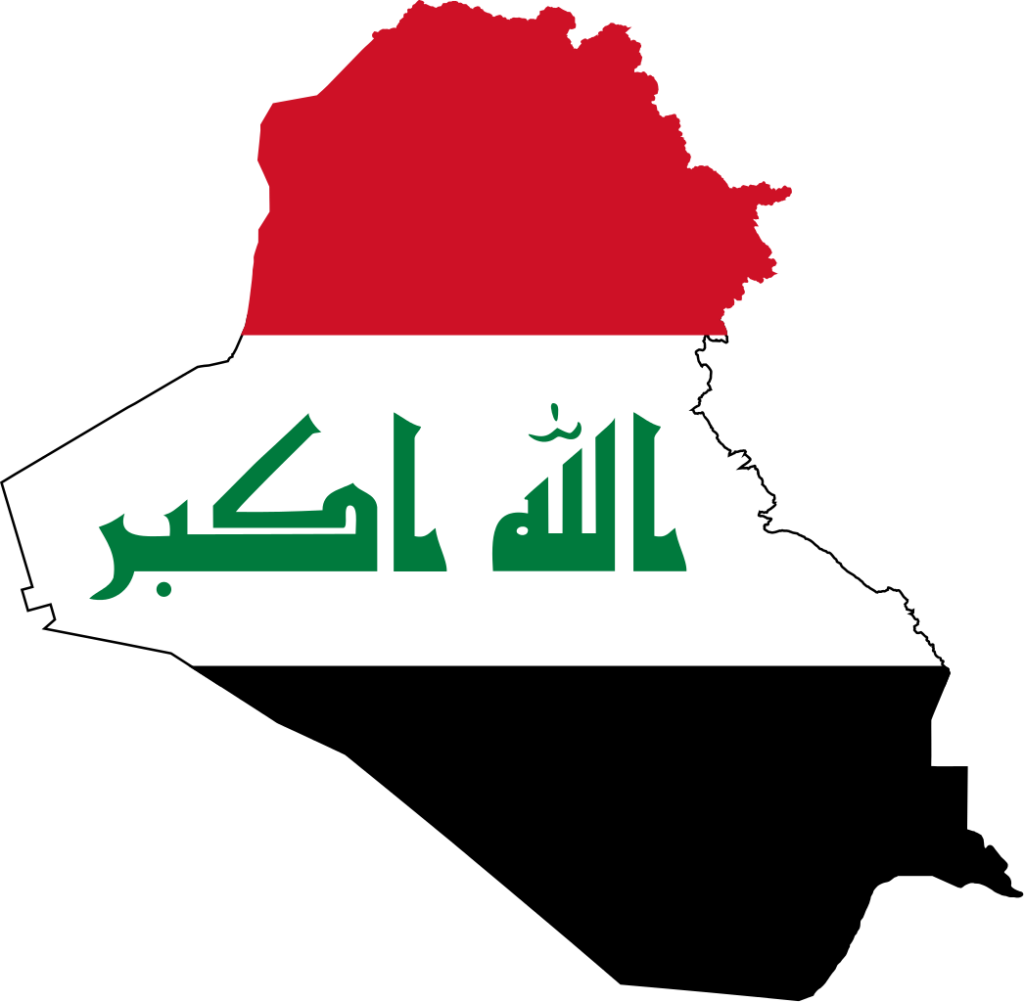
Iraq Flag Emoji: 🇮🇶
The color palette of the Iraqi flag is a thoughtful composition of red, white, black, and green. Each hue is carefully chosen to convey distinct aspects of Iraq’s character and heritage without overlapping in symbolism.
This selection of colors creates a visually striking and meaningful emblem, poised to be explored for its more profound individual significance.
Meaning of Each Color
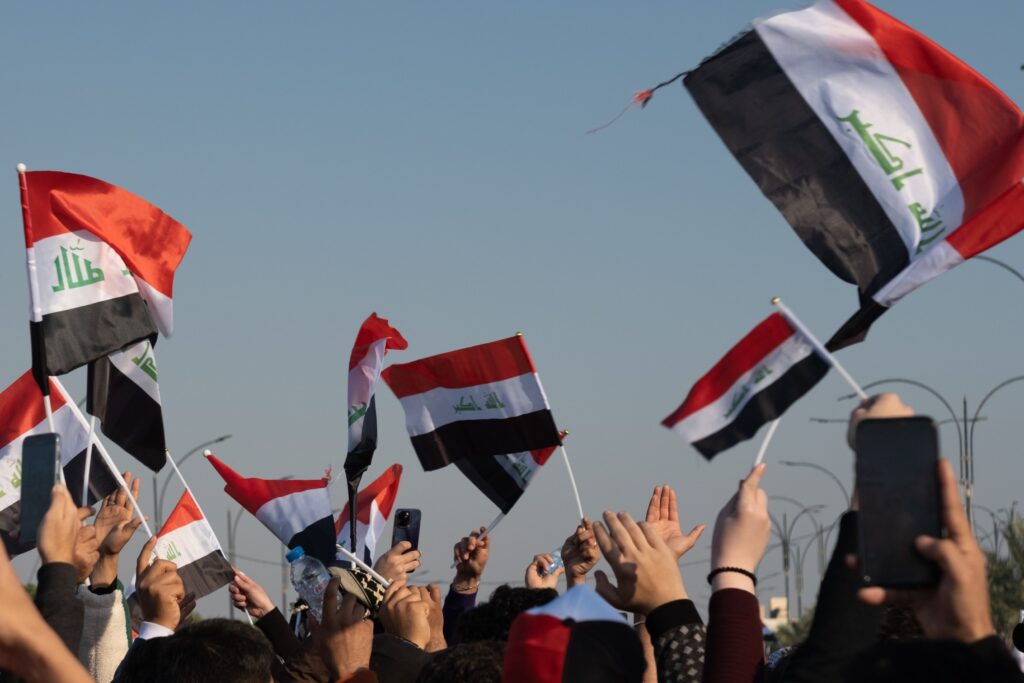
Red
Historically, red in the Iraqi flag has been a symbol of courage and the nation’s struggles. It reflects the bloodshed and sacrifices made to pursue freedom and national sovereignty. This color is a tribute to the resilience and bravery of the Iraqi people throughout their history.
White
White in the flag symbolizes the bright future of Iraq, expressing hope and optimism for a peaceful and prosperous nation. It also represents the Iraqi people’s generosity, deeply rooted in their culture and societal values.
Black
Black on the flag stands for the oppression that the nation has endured and subsequently overcome. It also signifies the triumph of the Islamic religion, a fundamental aspect of Iraq’s national identity and heritage.
Green
The green, specifically in the script of the Takbir (“Allahu Akbar”), is a direct representation of Islam. It underscores the deep religious and cultural significance of Islam in shaping the national consciousness of Iraq.
Iraq’s Coat of Arms
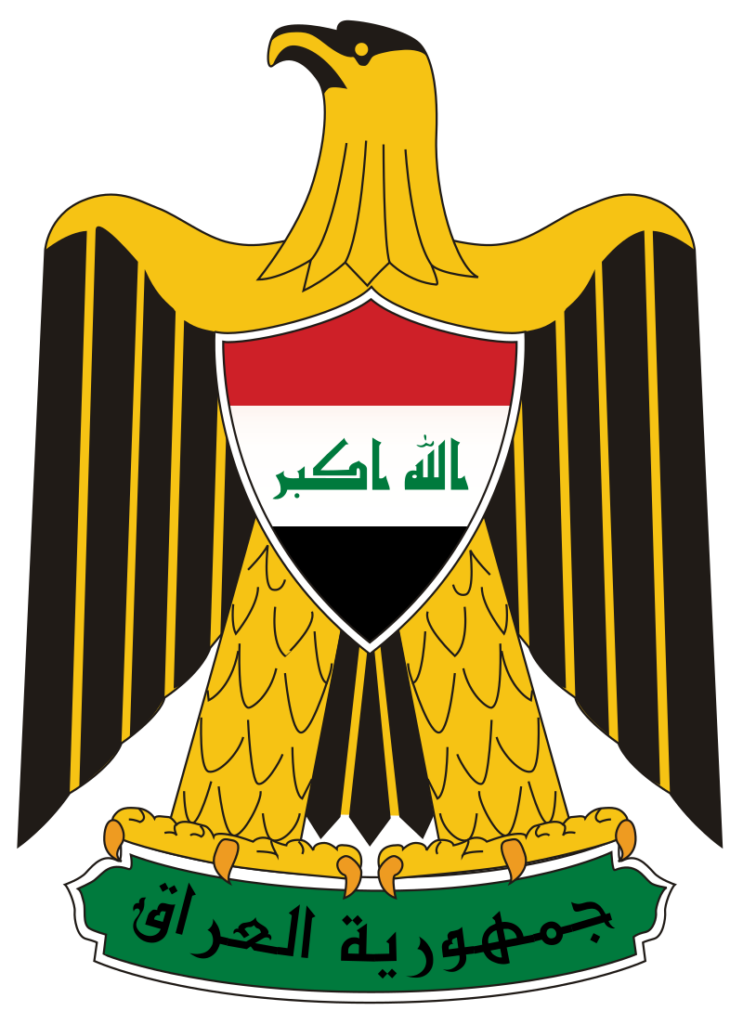
The Coat of Arms of Iraq features the Eagle of Saladin, a symbol of pan-Arabism, showcasing the unity and strength of Arab nations. The eagle is depicted in a golden-black hue, looking towards the viewer’s left. It holds a shield bearing the Iraqi flag, symbolizing the nation’s sovereignty and connection to the broader Arab world.
The eagle also holds a scroll with the words “جمهورية العراق” (Republic of Iraq), asserting the nation’s status as a sovereign republic. This emblem encapsulates Iraq’s historical ties to pan-Arabism and its proud standing as an independent nation.
Historical Evolution and the Meaning Behind Changes
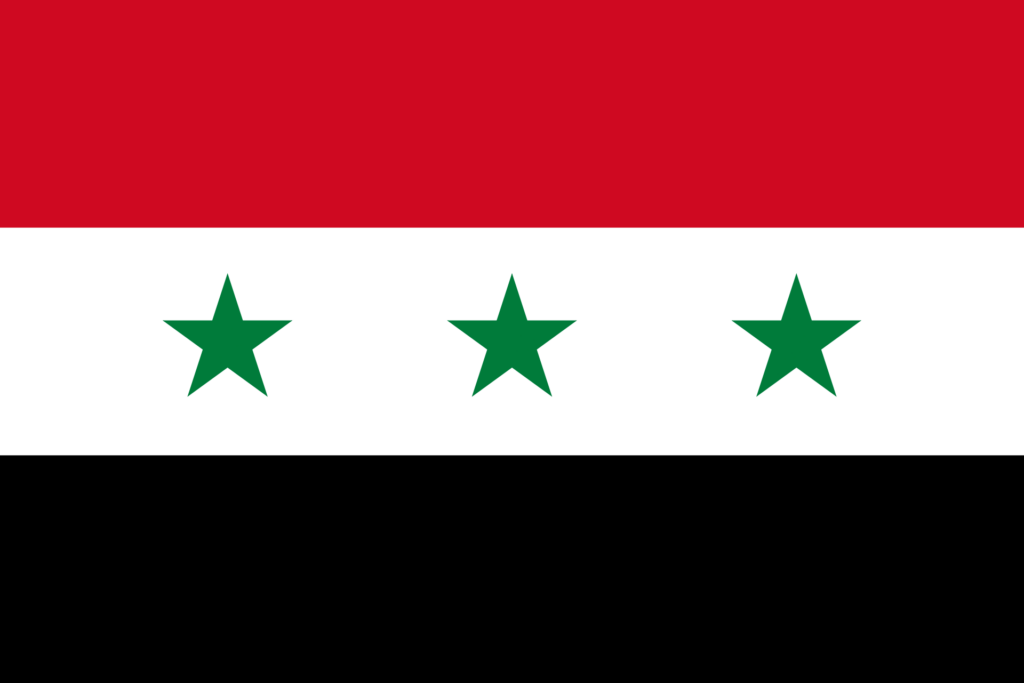
The evolution of Iraq’s flag is a narrative of the nation’s changing political and cultural landscape. Initially, under Ottoman and British influence, the flags were external impositions.
The 1959 introduction of a black, white, and green tricolor with a red star marked a shift towards a distinct Arab national identity. The 1963 redesign to the red, white, and black horizontal stripes aligned Iraq more closely with the broader Arab nationalist movement.
Post-Gulf War, the inclusion of the Takbir in Saddam Hussein’s handwriting introduced a more explicit religious dimension. The current flag, adopted in 2008, maintains the same colors but features the Takbir in traditional Kufic script, distancing the symbol from Saddam’s regime and reconnecting with Iraq’s Islamic cultural roots.
These transitions in design and symbolism chronicle Iraq’s ongoing journey through different political eras and cultural influences.
Overall Symbolic Meaning of the Flag
The Iraqi flag symbolizes the nation’s historical path, cultural richness, and resilience. Its colors and design tell a story of overcoming adversity and shared faith while pointing toward a hopeful future. More than a national emblem, the flag encapsulates Iraq’s history and aspirations, uniting its people with a common sense of belonging and hope.
Similar Flags to the Flag of Iraq
The Iraqi flag echoes similarities with other national flags, showcasing shared historical and cultural narratives. Here are the top flags that mirror aspects of Iraq’s design.
Egypt
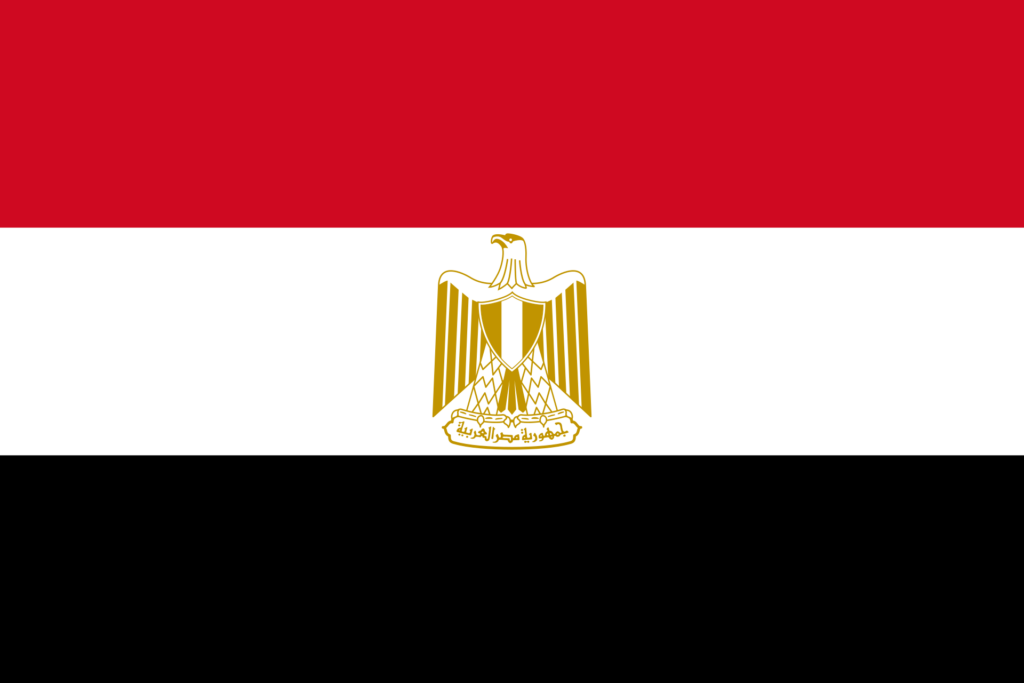
Egypt’s flag also employs the Pan-Arab colors, symbolizing solidarity and historical experiences within the Arab world. Including the Eagle of Saladin in the center of Egypt’s flag further represents Arab nationalism, a theme that resonates with Iraq’s adoption of Pan-Arab colors.
Syria
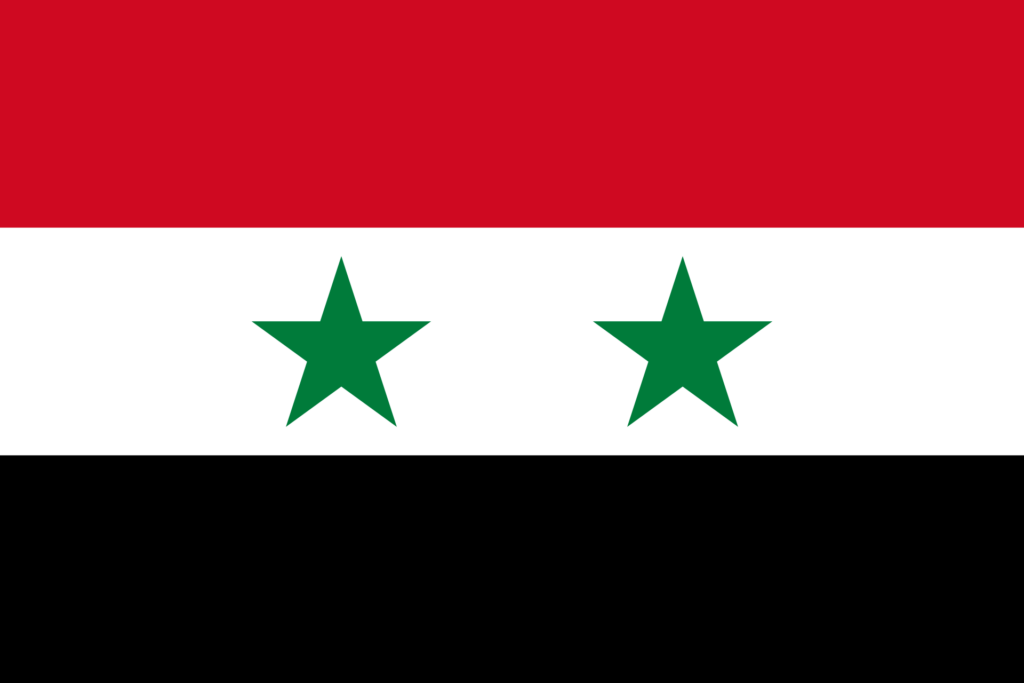
The Syrian flag features red, white, and black stripes like Iraq’s. This color scheme is a testament to the shared Pan-Arab identity. The green stars on Syria’s flag represent Syria and Egypt, indicating historical alliances and shared cultural heritage within the Arab nations.
Yemen
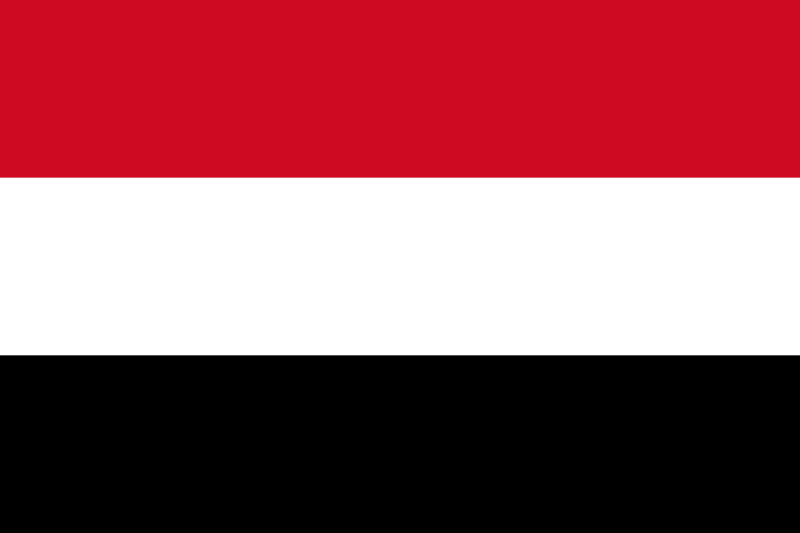
Yemen’s flag, consisting of horizontal stripes of red, white, and black, mirrors the Pan-Arab color theme, signifying unity and shared experiences among Arab states. The simplicity of Yemen’s flag, devoid of additional symbols, highlights the everyday struggle and aspirations of the Arab people, a theme shared with Iraq’s flag.
Conclusion
Iraq’s flag, rich in symbolism, represents more than national identity; it embodies the resilience and unity of its people. In the global tapestry of flags, it stands distinct and deeply meaningful to Iraqis as a symbol of their shared history and hopes for a peaceful, prosperous future.
Image Sources and Copyright Information
- Iraqi Flags Waving in a Crowd: © Mohammed_Al_Ali/Shutterstock